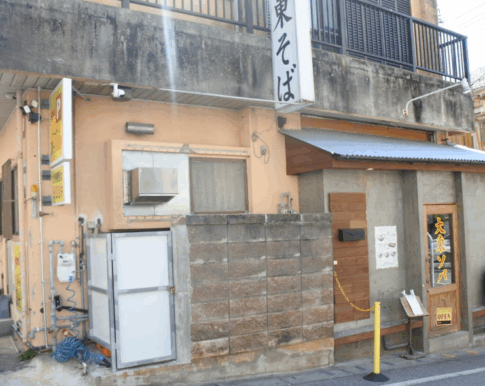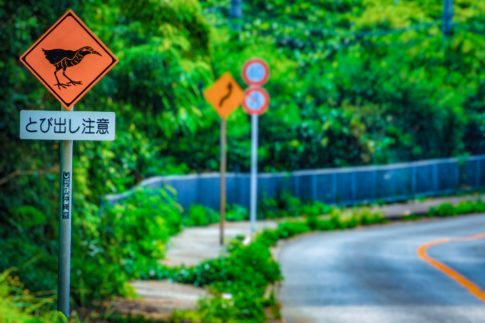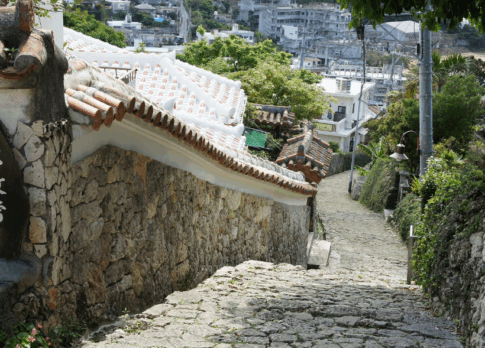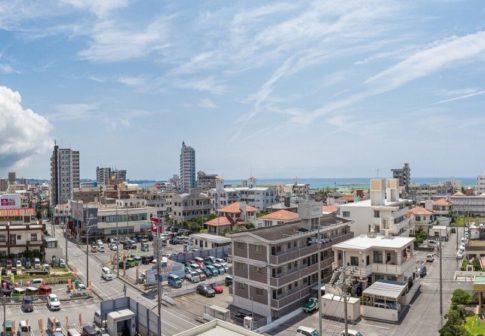This stone gate, built in 1519, is located near Shurei no Mon, Shuri Castle, about 25 minutes by car from Naha Airport. Its quiet appearance in the corner of the gorgeous Shurei Gate and Shuri Castle offers a glimpse into the history of the Ryukyu Dynasty.
Point 1: In fact, the World Heritage Site “Sonohiyamu Utaki Seokumon” was an important place!
called a gate, it is not a gate for people to pass through.
The Ishimon is equivalent to a “hall of worship” in a Shinto shrine, and this gate was an important place where the main figures of the Ryukyu Dynasty prayed for the safe passage of their guests when they went out.
This gate was a Utaki during the reign of King Shojin of the 16th century Ryukyu Kingdom, and was designated as a World Heritage Site along with Shuri Castle in February 2000. It is said that when the king went out of the castle, he prayed for safety on the way, and that events such as pilgrimages to sacred sites and the coronation ceremony of the Supreme Deity Noro, Kikoe Ookimi, also first visited here It is also said to be the place where the coronation ceremony of the Supreme Deity, Noro-no-mikoto, was held.
Point 2: “Sonobiyamu Utaki Ishimon (Stone gate)” Actually, the forest behind the stone gate is the Utaki.
Utaki” is a facility where rituals are performed in Ryukyu. In fact, there is a thick forest behind Ishimon, which is a Utaki, or a “temple” as in a shrine.
Utaki is a sacred place to worship ancestral deities, as seen in Saiba Utaki, etc. Most Utaki are located in a small forest in nature, without a shrine, but this Sonohiyamu Utaki is a place for noble people to worship, so the Ishimon is thought to have been installed.
Point 3: “Sonohiyamu Utaki Ishimon,” which is academically valuable.

Sonohiyamu Utaki Ishimon is said to be a gate of great academic value.
This stone gate was built in 1519 by King Shoshin, who ordered Nishitou of Taketomi Island in Yaeyama to build it. Except for the wooden door, it is made of Ryukyu limestone and fine-grained sandstone.
The design is Japanese-style from the ryozuma to the eaves, but the ridge decorations have Chinese elements, such as shibi on both sides.
When viewed from above, the raised stone walls on both sides taper off toward the center, and the floor is raised in the center to compensate for optical illusions when seen from a distance.
These techniques are said to be of great cultural and academic value, as they reflect the Ryukyu Dynasty, which was active in trade with China and Southeast Asia even while Japan was still closed to the rest of the world.






